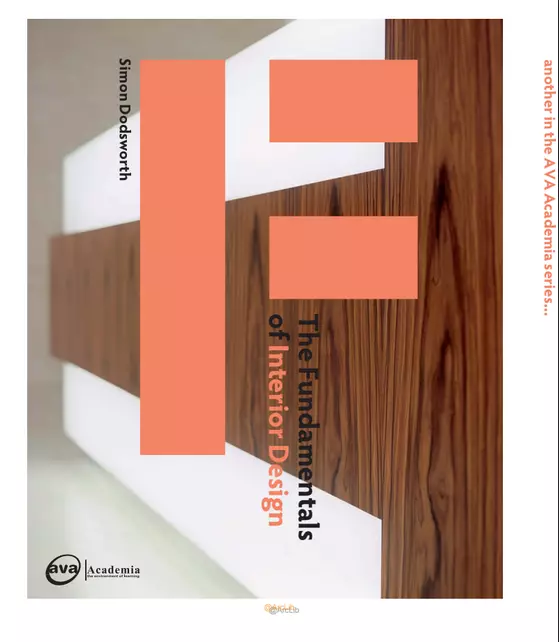The Fundamentals of Interior Design
In the following description of the major parts of the design process, the comments made earlier about its fl edibility should be borne in mind; any or all of the actions described here could be adapted to suit individual projects.
It will also become clear that the job of a designer actually involves a great deal of general administration work in addition to the design element of a project.
When working as part of a large practice , this may not be especially apparent, as job roles will probably be tightly defined.
In smaller companies,however, the designer may find themselves deeply involved in all aspects of the process.

Analysis is relevant at two related but distinct parts of the project cycle: In the very earliest stages, before in-depth design work takes place, the designer will need to assess the scale and complexity of the project work to be undertaken.Th is will allow preliminary estimates to be made of the time and resources needed to complete the project, and these will in turn provide a foundation upon which the designer can base a fee proposal. Part of the work at this stage will involve determining the scope of the project and the likely format and content of the presentation, as this will control, to a large degree, the amount of drawings and visuals that are prepared, all of which take time that will need to be charged to the client.
Following this and once the client has agreed to the proposed design work being undertaken to reach the first presentation stage, the designer can take an in-depth brief from the client. Initial examination of the brief, allied to a general understanding of the project, will give the designer a starting point for further research. All of this work will lead to the second tranche of analysis, in which the designer is aiming to edit, distill and ultimately make sense of all the information that has been gathered.
Some of the information will relate to the practical aspects of the brief, some to the aesthetic, some of which could be contradictory in nature. Over time, the designer will become used to sett ing priorities and reaching a comfortable compromise with regard to conflicting information. It is very rare to find a project that does not need some element of compromise to succeed, but there is never one single way to deal with it. Each project must be looked at on its own merits, and decisions reached that reflect the unique nature of that project.
Download
*
In the following description of the major parts of the design process, the comments made earlier about its fl edibility should be borne in mind; any or all of the actions described here could be adapted to suit individual projects.
It will also become clear that the job of a designer actually involves a great deal of general administration work in addition to the design element of a project.
When working as part of a large practice , this may not be especially apparent, as job roles will probably be tightly defined.
In smaller companies,however, the designer may find themselves deeply involved in all aspects of the process.

Analysis is relevant at two related but distinct parts of the project cycle: In the very earliest stages, before in-depth design work takes place, the designer will need to assess the scale and complexity of the project work to be undertaken.Th is will allow preliminary estimates to be made of the time and resources needed to complete the project, and these will in turn provide a foundation upon which the designer can base a fee proposal. Part of the work at this stage will involve determining the scope of the project and the likely format and content of the presentation, as this will control, to a large degree, the amount of drawings and visuals that are prepared, all of which take time that will need to be charged to the client.
Following this and once the client has agreed to the proposed design work being undertaken to reach the first presentation stage, the designer can take an in-depth brief from the client. Initial examination of the brief, allied to a general understanding of the project, will give the designer a starting point for further research. All of this work will lead to the second tranche of analysis, in which the designer is aiming to edit, distill and ultimately make sense of all the information that has been gathered.
Some of the information will relate to the practical aspects of the brief, some to the aesthetic, some of which could be contradictory in nature. Over time, the designer will become used to sett ing priorities and reaching a comfortable compromise with regard to conflicting information. It is very rare to find a project that does not need some element of compromise to succeed, but there is never one single way to deal with it. Each project must be looked at on its own merits, and decisions reached that reflect the unique nature of that project.
Download
*